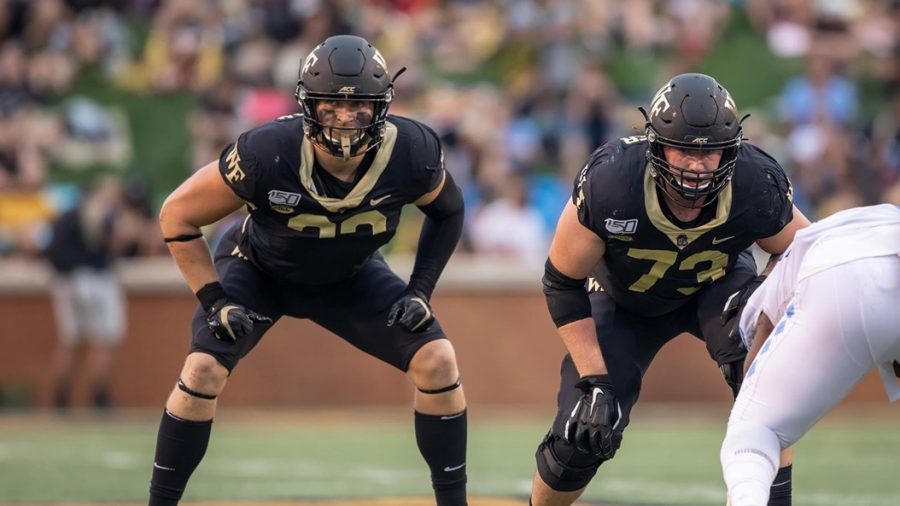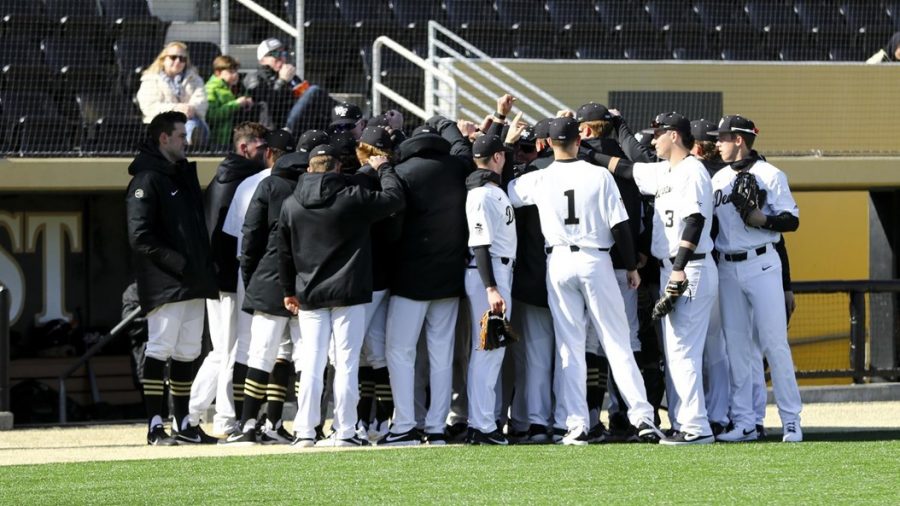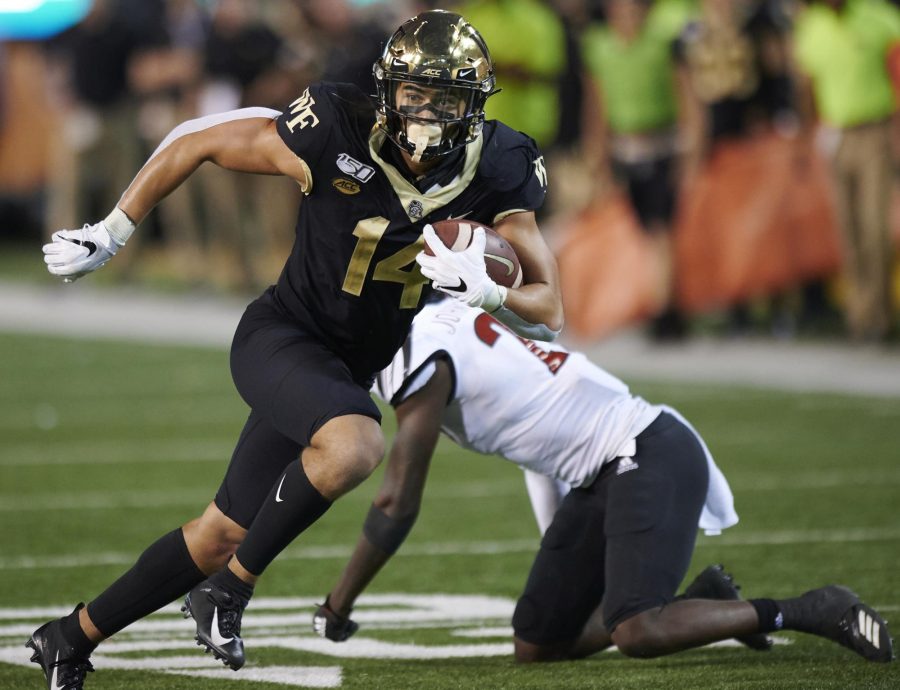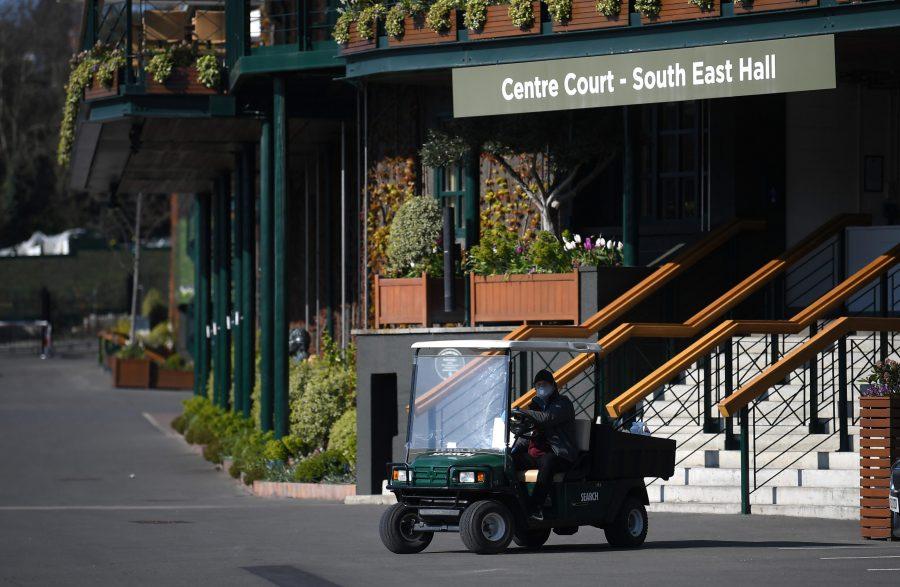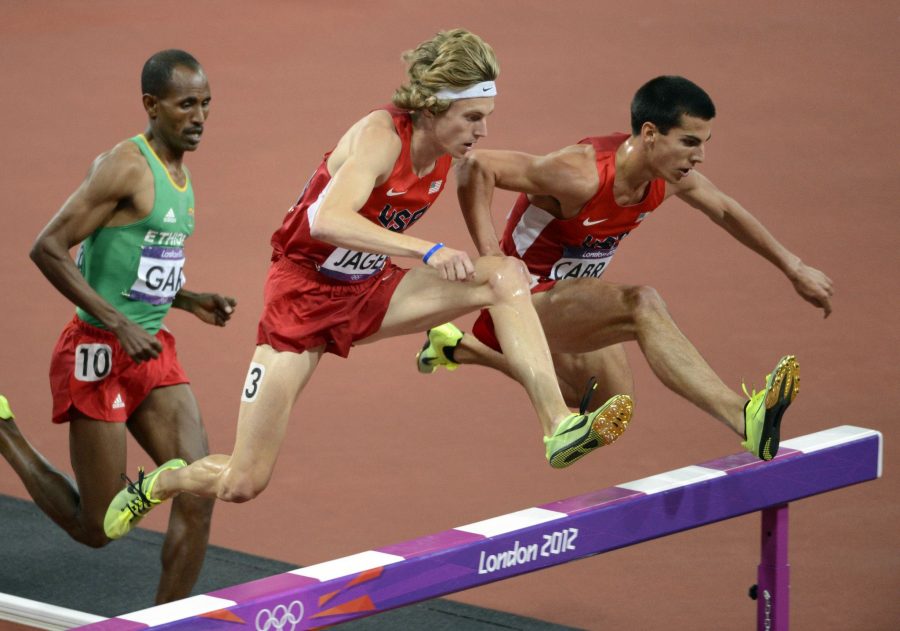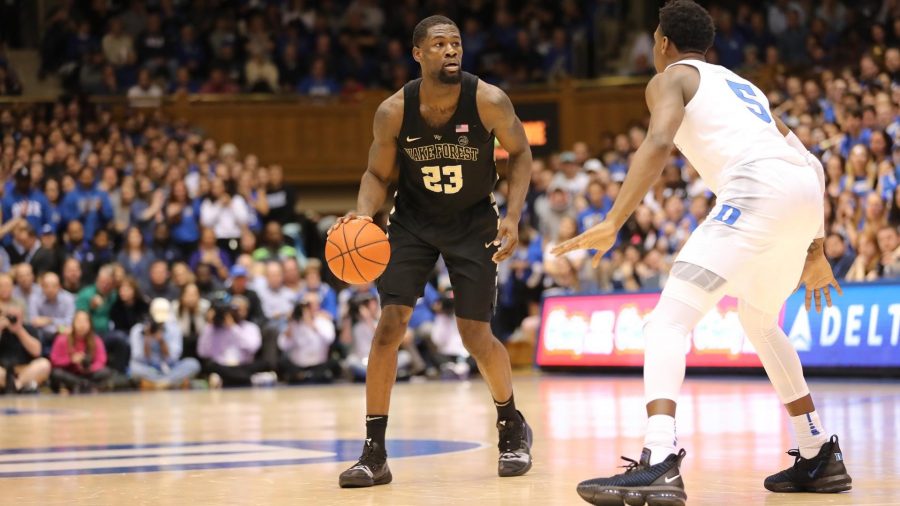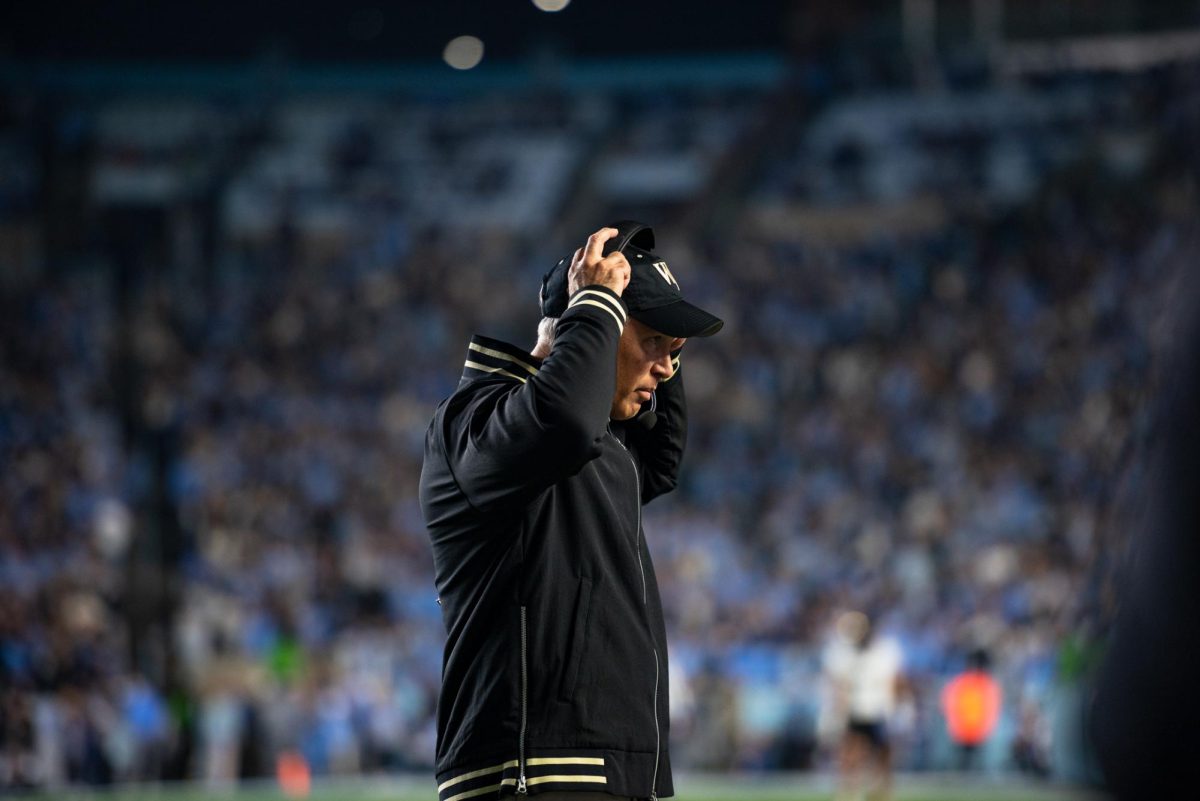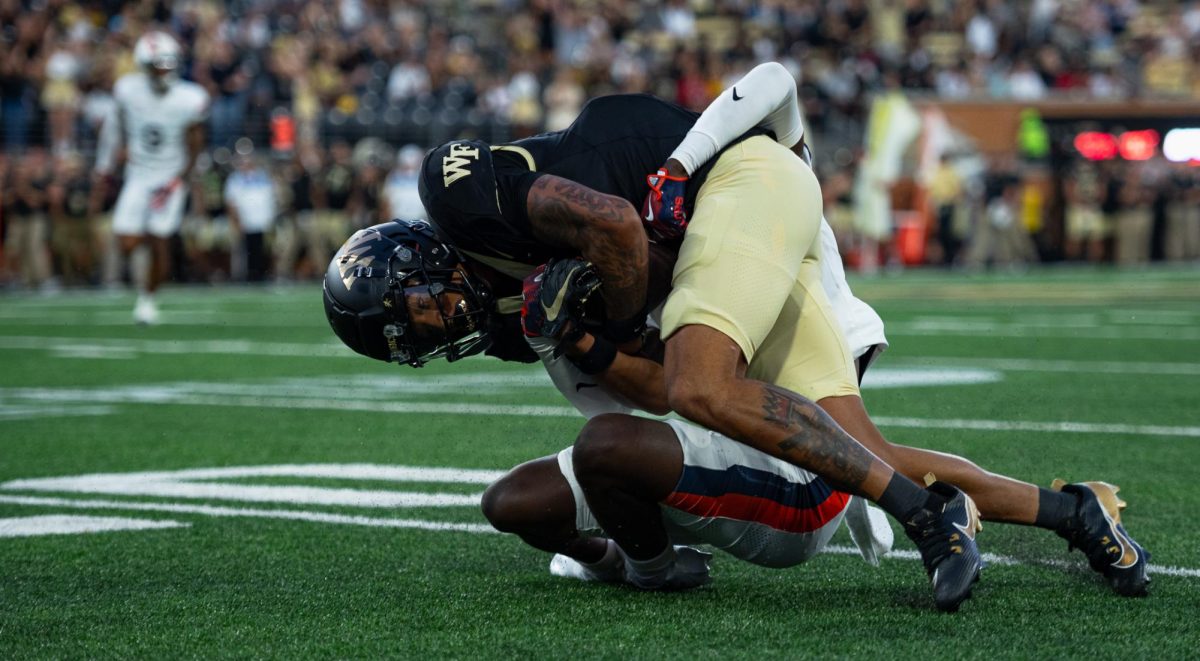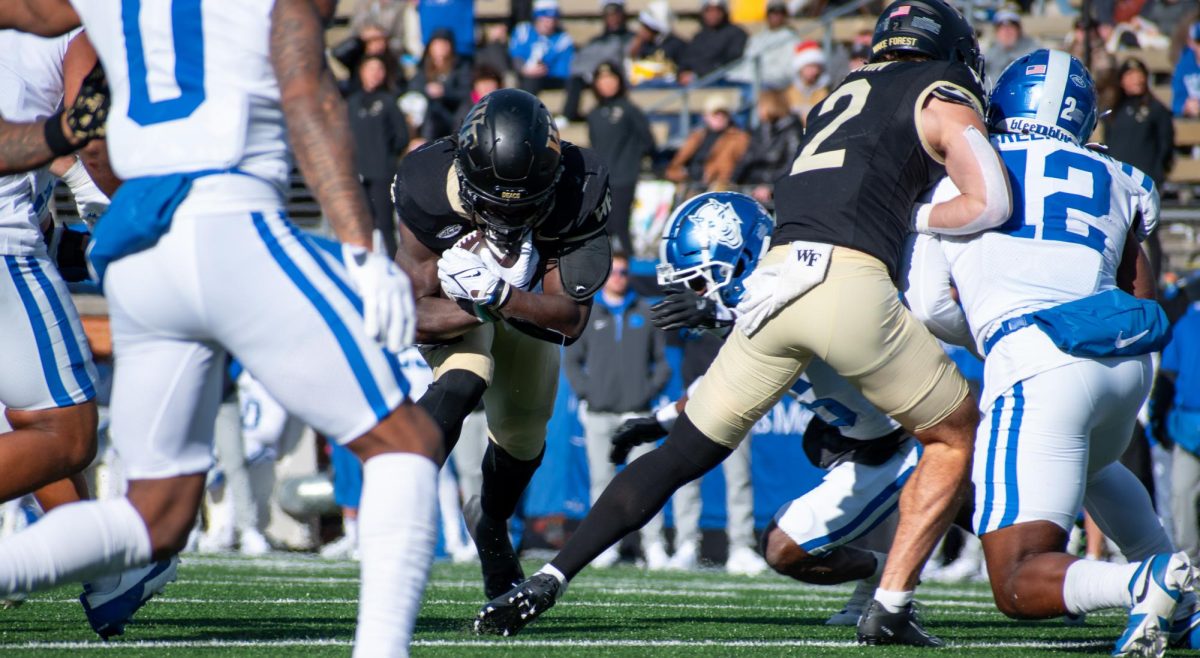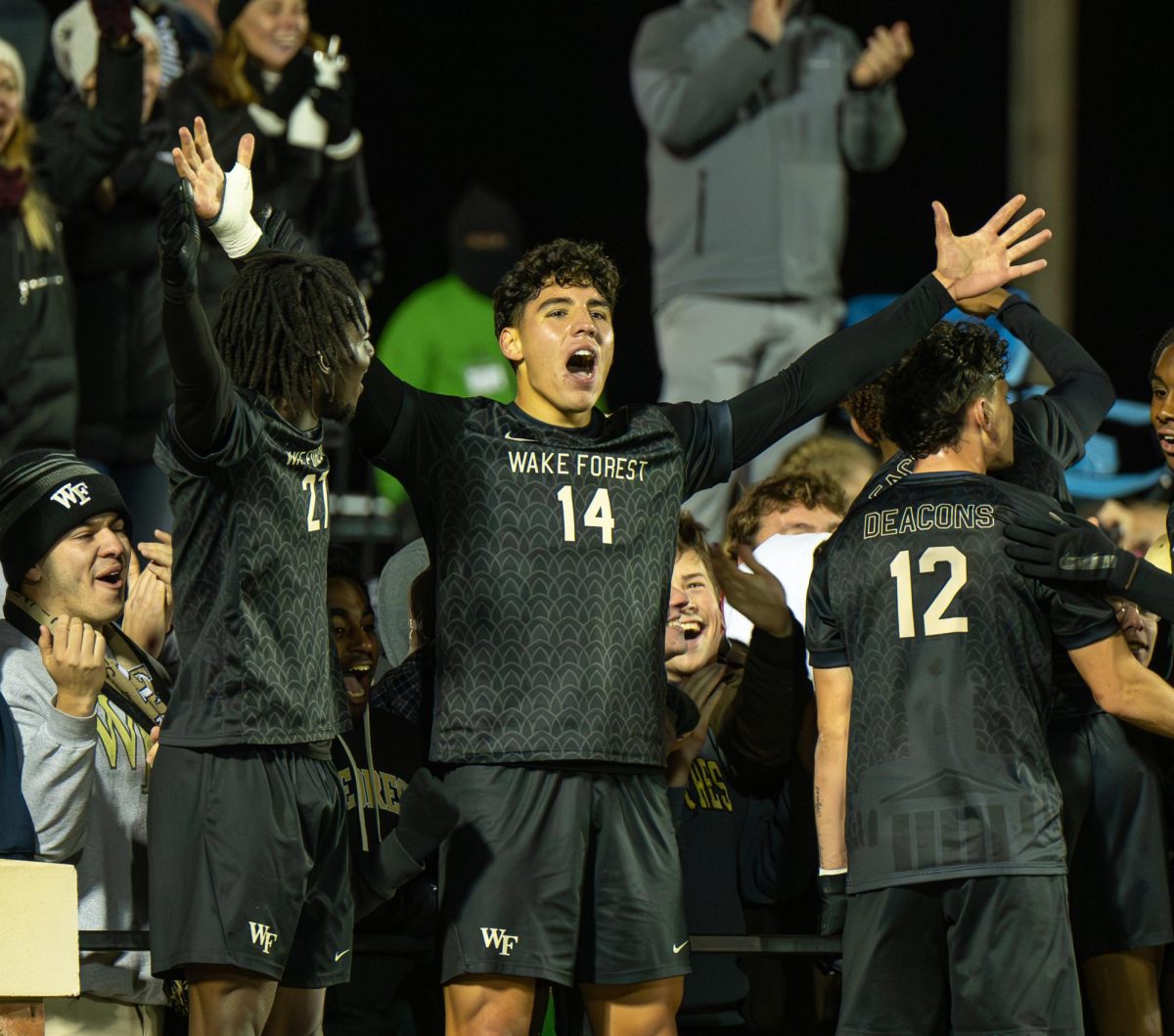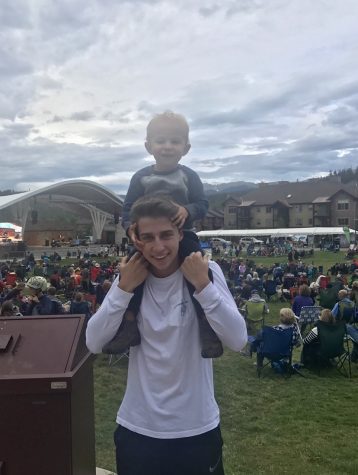The future of the sporting world is set to brighten considerably with the return of athletics to college campuses for the upcoming 2020-2021 season(s). With any luck, millions of eyes will turn eagerly toward their television sets in the fall to witness their beloved Demon Deacons take the field once again. However, it’s clear that in order for a return to sports to occur, certain alterations to daily life on campus must be implemented.
I recently spoke with Wake Forest Athletic Director John Currie over Zoom in hopes of gleaning answers to some of the questions undoubtedly weighing on the minds of all Wake Forest students. We covered a wide variety of topics, including virus protocols surrounding student athletes, daily life on campus and much more.
Certainly, COVID-19 has affected everyone’s lives in a unique manner, but student-athletes seem to be taking it all in stride, donning masks whenever necessary and going the extra mile to respect the CDC’s social distancing guidelines as they move back on campus for summer training.
Reflective of this effort is the recently created COVID-19 Athletics Pledge, which all student-athletes will be required to sign upon returning to campus. The pledge mandates the following, among other things: the use of a facial cloth covering when in a public setting, the frequent monitoring and subsequent reporting of COVID-19 symptoms and the avoidance of any unnecessary risks that might result in the contraction of the virus (large social gatherings, etc.).
This pledge is just one of a variety of steps taken by the university to construct the safest possible environment for students preceding the upcoming fall term. Rigorous testing protocol will be necessary for many student athletes in an effort to minimize the effects of the virus.
Currie voiced his support for these measures throughout the interview, reiterating the necessity to follow the advice given to us by qualified health professionals.
“Wearing masks … practicing social distancing, and isolation and quarantine practices are key to keeping people safe,” Currie said.
Regarding the realities of a sport’s season, it’s apparent that while the university has made great strides toward finalizing a concrete plan of action for the fall semester, uncertainty still lingers. Currie explained that it’s simply too soon to tell whether or not fans will be permitted to attend upcoming Wake Forest athletic events; Wake Forest bears the same burden as every other college campus in America, and such an important decision cannot be rushed.
The principal priority is, of course, the continued safety and protection of all students and staff. The jury is also still out concerning the travel schedules of Wake Forest sports teams, as coaches and staff are currently prohibited from making recruitment visits of any kind, and it is unclear if similar restrictions will eventually encompass the entire NCAA.
What Currie could tell me is that he’s encouraged by the response of student-athletes, coaches and staff to the adversity presented by COVID-19.
“I’m really proud of our student athletes,” Currie said. “They’ve been extraordinary in their leadership thus far.”
The student athletes themselves have also voiced their support for the university’s cautious approach to the upcoming sports seasons.
“It’s important for us to look at these precautions as a way to protect those who are vulnerable,” said Wake Forest women’s golfer Emilia Migliaccio, “That is how we’re going to move forward.”
Athletic Director Currie and the rest of the Wake Forest Athletic Department seem to project a sense of cautious optimism regarding the semester to come. The preparation process for the return of students in the fall has certainly been difficult to navigate, but all that any of us can do is continue to follow the appropriate guidelines and weather the storm one mask at a time.


